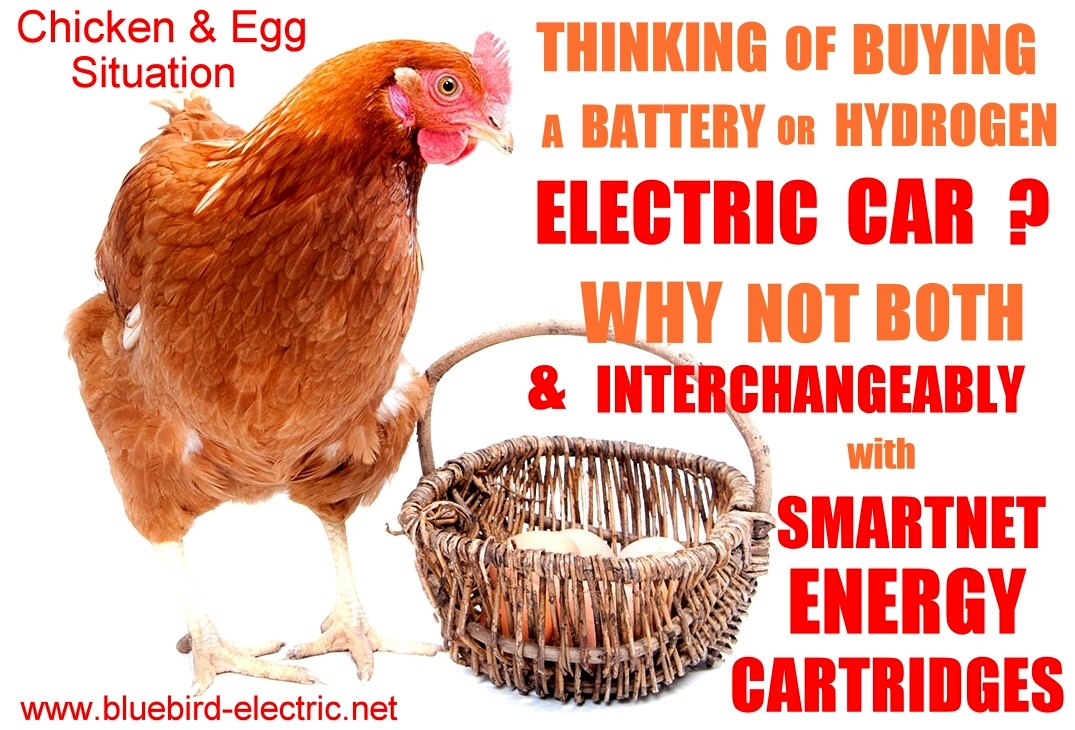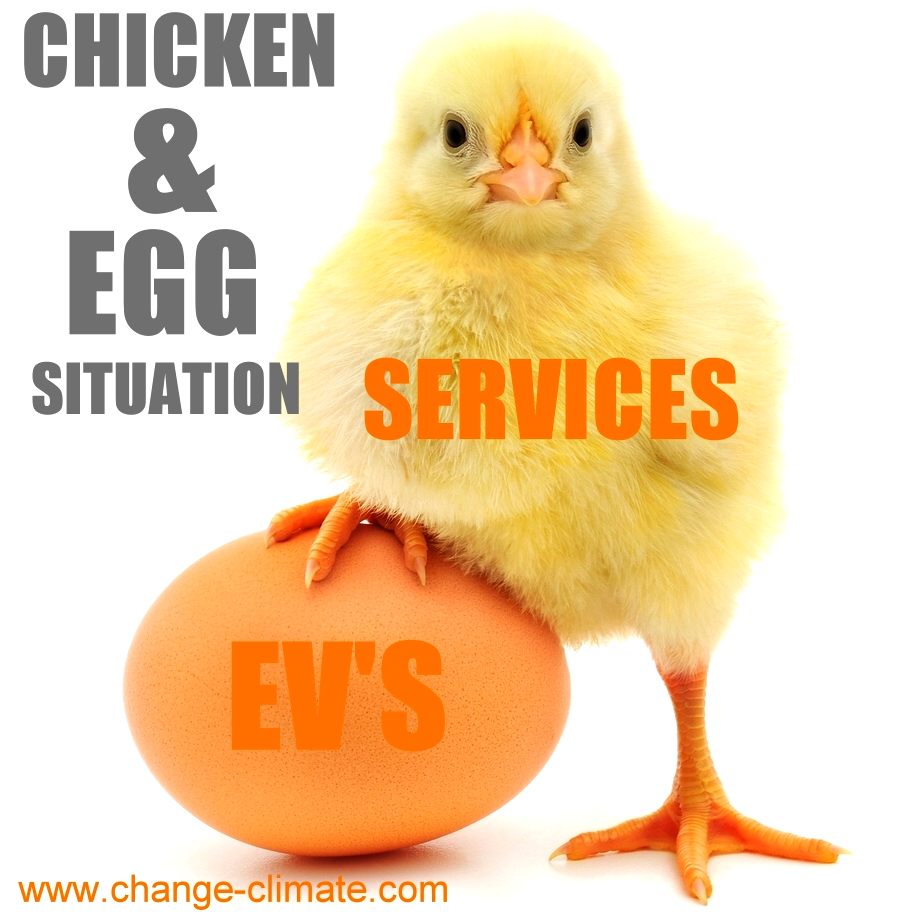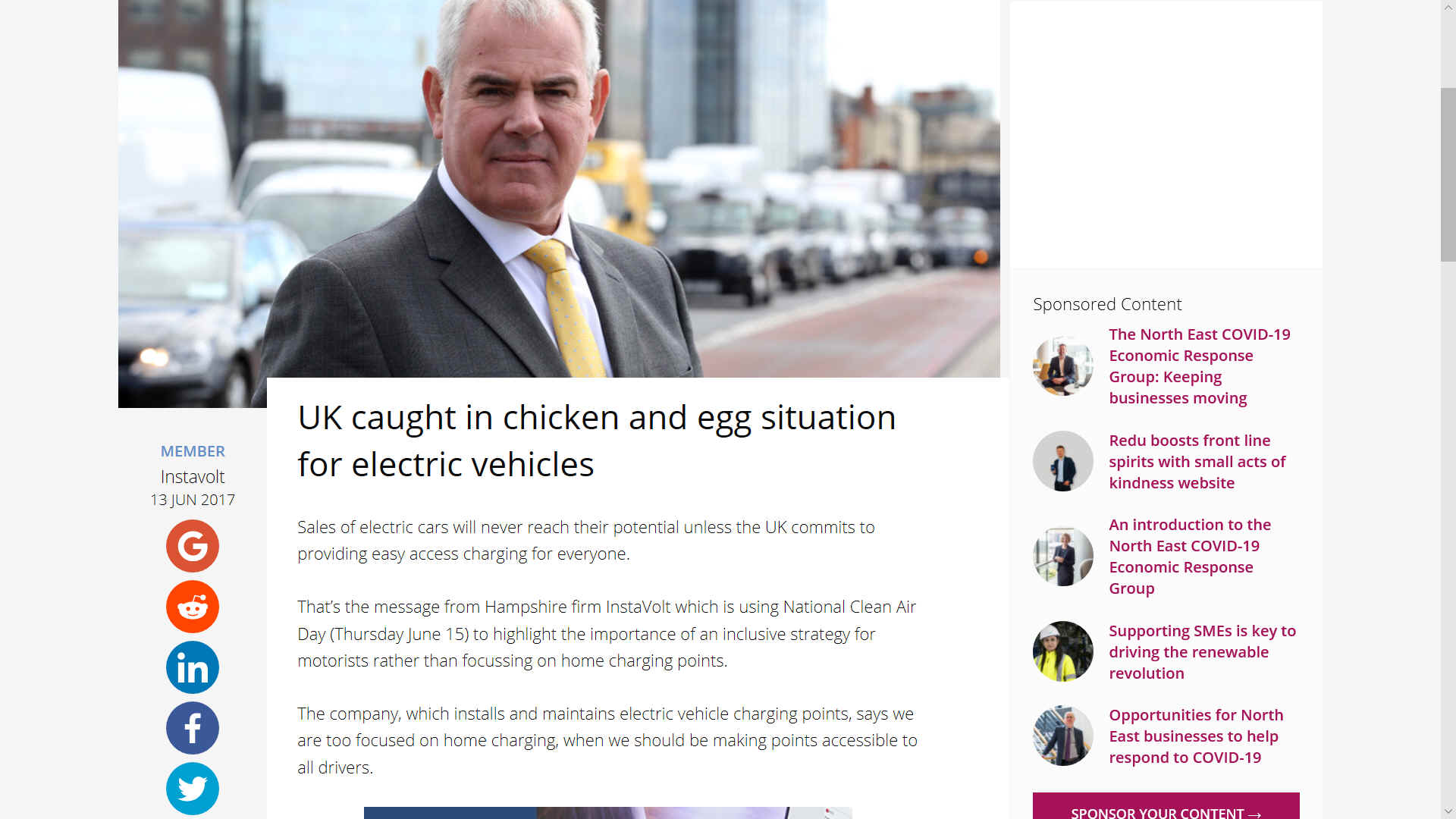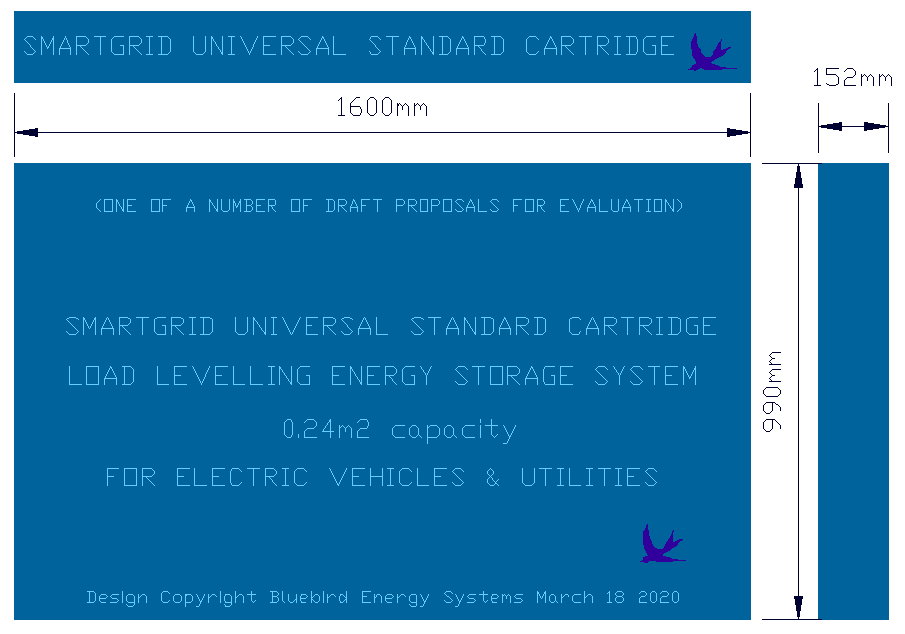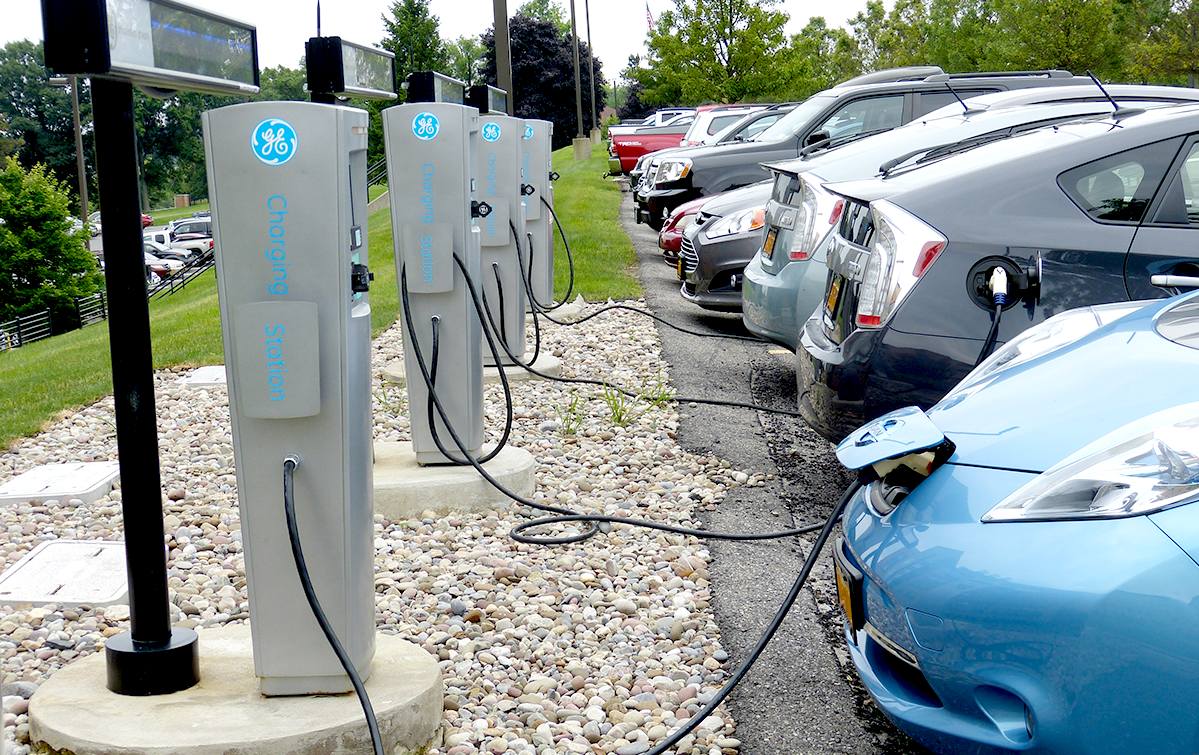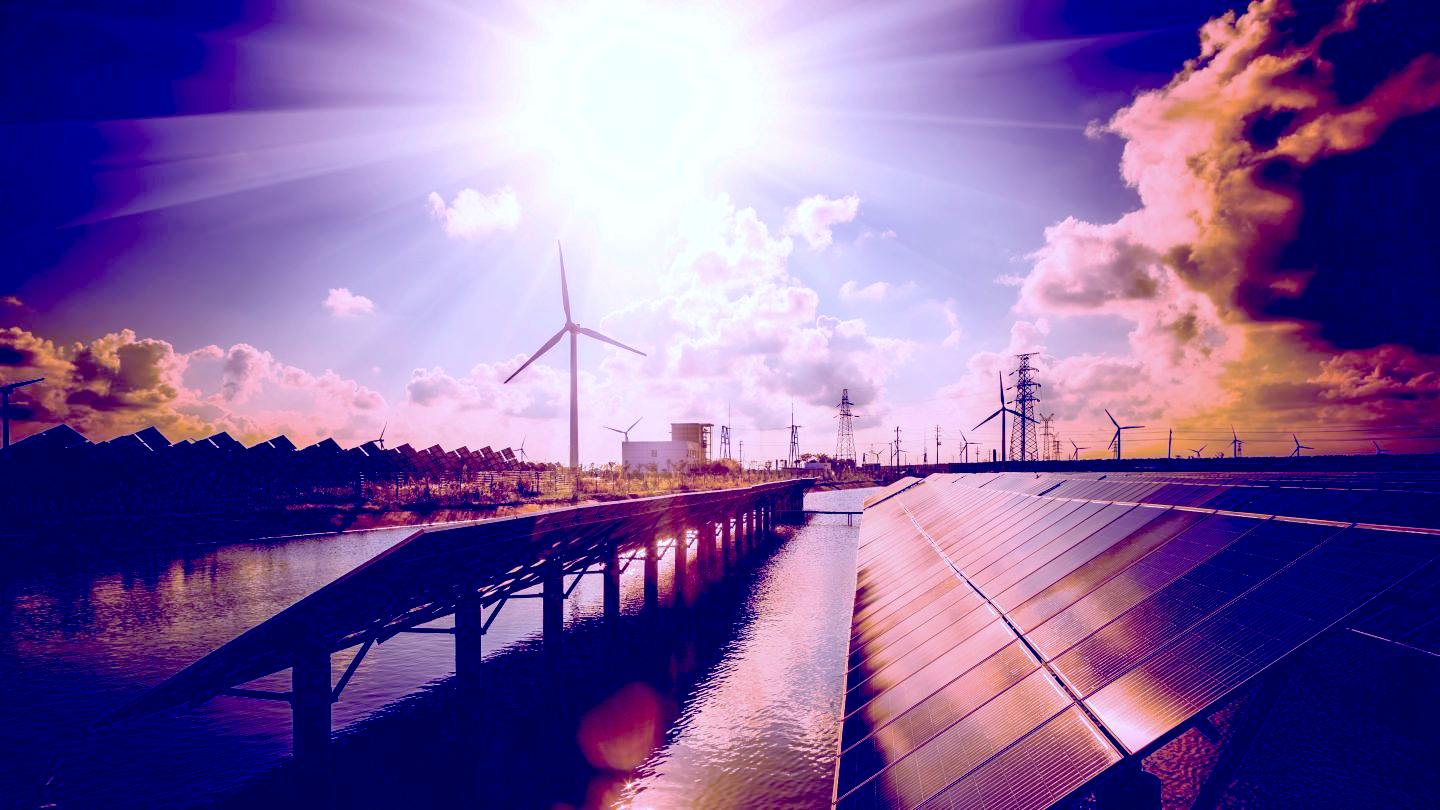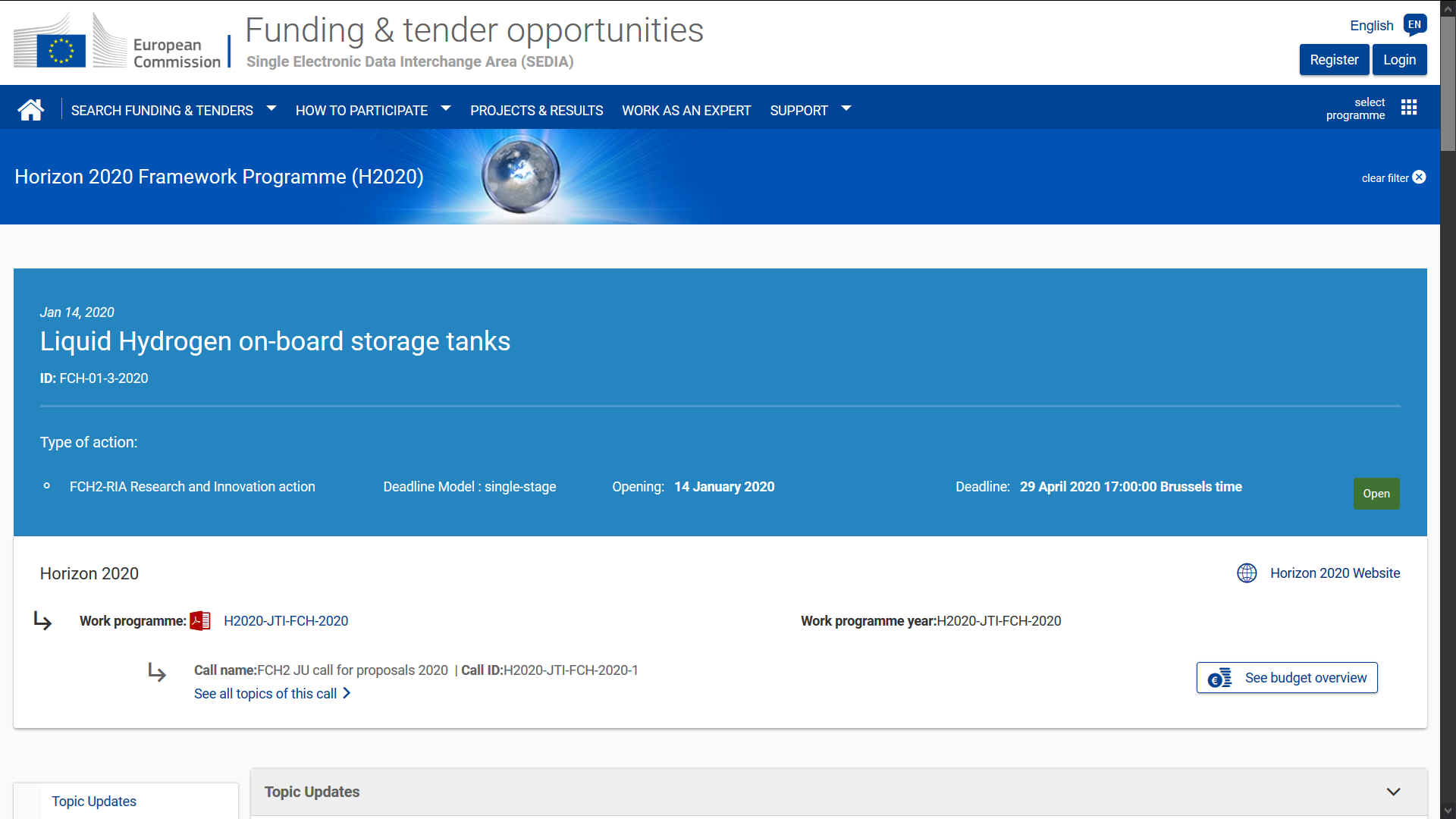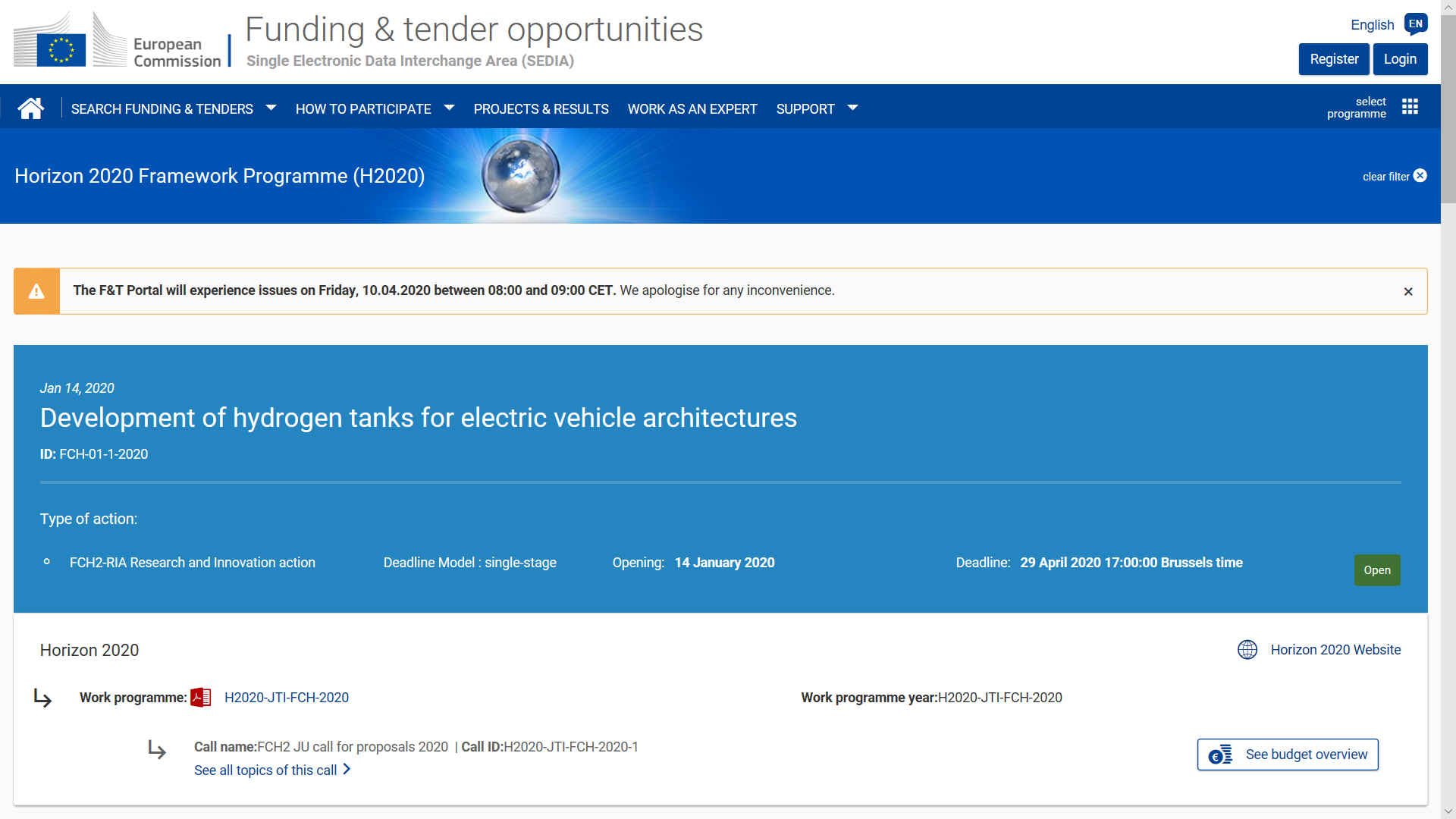|
WHAT CAME 1st, THE CHICKEN OR THE EGG
Please use our A-Z INDEX to navigate this site or see HOME
BATTERIES - COST - STANDARDIZATION - HOME - HYDROGEN - LOAD LEVELLING - PAYD - RANGE ANXIETY - RECOVERY - SERVICE STATIONS |
|
WHY HAVE ONE EV, WHEN YOU CAN HAVE BOTH AT THE SAME TIME - The reason why is that the SMARTNET energy cartridges are presently in the development stage. Using a standardized format, you can drive an electric vehicle on battery or hydrogen cartridges at the push of a button. Your shiny new car will be future proofed - but only if the car you buy is SMARTNET ready. Why put all your eggs in one basket!
Electrification is still a sore point in many developing countries around the world, with about a third not having any reliable energy supplies, or no electricity at all. But where there is no electricity, they typically have petrol and diesel supplies for ICE vehicles - or no transport. Say what you like about fossil fuels, the infrastructure exists, such that third world users cannot let go.
Electric mobility is going to be a long-haul and we have to start somewhere in developed nations, to wean others off carcinogenic and climate catastrophic vehicles.
Fortunately electricity networks developed past 1890, so that by 1910 most cities in Europe and the USA had reliable power supplies. From that point on electric cars and trams were making an appearance.
Hence, it could be argued that electricity supplies came first, to encourage entrepreneurs to sell EVs.
There were some attempts at battery swapping to improve the range of EVs, but they fell by the wayside until the 1970s, when there was a brief revival - that faltered until 1990, and then that faltered.
Plug in vehicles became more popular with standard plugs and sockets for home charging and faster charging at supermarkets and other car parks. Hybrids increased the range and reduced anxiety.
Better Place tried battery swapping again in 2012, with NIO and others having a bash, the problem being the very limited number of service stations, even in 2020 - and no commonality.
Then there is the question of battery chemistry changing so quickly and hydrogen fuel cells making an entrance. Such competition from very different formats is making our fluffy little chicken more difficult to hatch from the conceptual egg - that is a Utopian dream to some - but we are very nearly there.
Hence, we are still on the starting blocks in the quest for a comprehensive EV refuelling infrastructure. But at least we have more EVs on the roads, proving that there will be a demand for cars and trucks that can recharge instantly. We have the chickens but no eggs! Or is that the other way around? You can cluck on that while we try to get funded.
What is clear, is that if we can find a way of providing service stations that perform as well as hydrocarbon pumps, and couple that with vehicles that are compatible - we will have chickens and eggs working together as a workable transport system. We will have cracked the problem! The solution is not to put all your eggs in one basket. To work together for compatibility standards.
WHERE DOES THE EXPRESSION COME FROM
A chicken and egg situation, sometimes rendered as a chicken and egg problem, is an idiom with roots in ancient times. It goes back to an old exercise in logic proposed by Aristotle in the fourth century BC still discussed today: Which came first, the chicken or the egg?
This is a situation in which you do not know which of two connected events is the cause of the other.
Generally, this means that it is impossible to decide which of two things caused the other one.
The idiom a chicken and egg situation has two related definitions. For instance, an employee who performs poorly may blame it on having a surly boss. However, the boss may claim to be surly because the employee performs poorly. It is virtually impossible to untangle which situation existed first, so it is a chicken and egg situation.
Off-street parking not a luxury we all enjoy:
“People don’t fill up their cars with petrol or diesel each night – they stop in to fill up as and when they need to. We need to make it just as easy to do so with electric vehicles.”
BIG TRANSPORT & ENERGY SHAKEUP
Not only is vehicle architecture expected to change in the next few years, but also electricity supplies are moving away from fossil fuels to wind farms and solar power.
Electro
mobility based on battery and hydrogen technology is due to change the ways cars and
heavy passenger and goods vehicles are designed, with passenger cars
potentially losing the central tunnel.
The integration of both energy systems in the same car body would enable economies of scale, simplify and reduce engineering and manufacturing processes and allow flexible production, which could buffer demand fluctuations and reduce investment risks for entrepreneurs.
UNIVERSAL BATTERY CARTRIDGE FORMAT PROPOSAL - This cartridge format provides 0.24 of a meter cubic capacity. All of these formats can be used in multiples to provide up to 1.92 of a cubic meter capacity. This is one of a number of sizes that we will be evaluating as part of a study we hope to obtain funding for. The cartridge is compatible with the SMARTNET services stations concept. The cartridge may be designed to accommodate cars and trucks. The Universal cartridge may be designed to be compatible with hydrogen storage or battery storage. The Cleaner Ocean Foundation is looking to either form a consortium to further the concept, or to join an existing consortium.
Due to the expected changes in future car bodies, installation spaces designated for the integration of energy storage cannot be used efficiently with conventional type IV hydrogen cylinders and tanks.
The major challenge today is the integration of hydrogen storage systems that fulfill customers’ range expectations. Development of novel and innovative tank concepts is therefore necessary, in order to be able to integrate hydrogen drive systems into future electric vehicles past 2020.
Battery manufacturers are also grappling with the same issues, in two divided camps, meaning that the cost of development is more than it need be, if, for example, there were commonality as far as the vehicle is concerned - that may also include the development of a service infrastructure that is able to deal with vehicles using hydrogen or batteries.
At the moment, electric vehicle development eggs are neatly stacked in one basket for batteries and another for hydrogen fuel cells, leaving out all other possibilities - forcing customers to choose a format.
This was a bit like the VHS versus BetaMax video tape battle - if you are old enough to remember that. VHS offered lesser quality but won out, until DVDs and then Blu-Ray came along. Overnight all VHS movie collections were outdated and so were the players. But that was not a machine people depend on for transport - a major capital expense, second to a home.
The different format EVs means confusion in terms of the infrastructure needed to support each of these baskets. Indeed, you'd need to build two separate infrastructures - and that is not climate sensible. Nor is it flexible in a developing market where there are already too many uncertainties.
THE SLOW LANE - We all live fast lifestyles. Waiting 30 minutes for rapid charging not only strains the grid, but also damages batteries, and nobody has thirty minutes to waste - best case - worst case 6-8 hours. A truck size battery would take hours to (so-called) rapid charge. It is just not practical. Ignoring for now that there are very few charging points along the streets in towns and cities, or at supermarkets. That does not mean that charging points should not be provided. It is suggested that they are underpinned, to give EV customers more security.
TECHNOLOGICAL COMPASS - It is the part of a wise man to keep himself today for tomorrow, and not to venture all his eggs in one basket. SMARTNET allows for change in technology. You don't have to bet on batteries or fuel cells. Include both in a diverse asset portfolio - and watch you egg hatch into a solution.
At the moment, there are two energy camps. Those developing batteries and those developing fuel cells. Even these camps are subdivided. What if those camps could all work together to develop the vehicle architecture and renewable energy infrastructure for future generations. SMARTNET potentially pulls all energy specialists together, to work with all renewable energy generators, aiming for a better transport system.
CONTACTS
Bluebird
Energy Systems (SME) PIC No: 895922168
Cleaner Ocean Foundation (Not for Profit) PIC: 915580382
LINKS & REFERENCE
https://wellstonjournal.com/calls-for-more-electric-car-charge-points-in-wales.html https://bdaily.co.uk/articles/2017/06/13/uk-caught-in-chicken-and-egg-situation-for-electric-vehicles https://www.theguardian.com/commentisfree/2013/feb/20/electric-cars-chicken-and-egg-issue https://instavolt.co.uk/uk-caught-in-chicken-and-egg-situation-for-electric-vehicles/ https://grammarist.com/idiom/chicken-and-egg-situation/
SMARTNET ™ encapsulates several advanced concepts, such that one might lose sight of the features and advantages of what may be described as a comprehensive transport infrastructure system, to complement policies such as the Automated & Electric Vehicles Act 2018.
BATTERIES - COST - STANDARDIZATION - HOME - HYDROGEN - LOAD LEVELLING - PAYD - RANGE ANXIETY - RECOVERY - SERVICE STATIONS
Please use our A-Z INDEX to navigate this site
|
|
|
This website is provided on a free basis as a public information service. copyright © Climate Change Trust 2021. Solar Studios, BN271RF, United Kingdom. SmartNet™ and SmartGrid™ are trade names belonging to the CCT.
|
